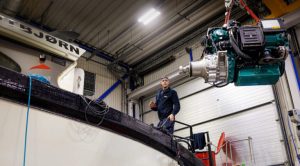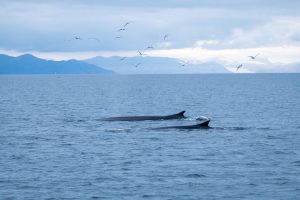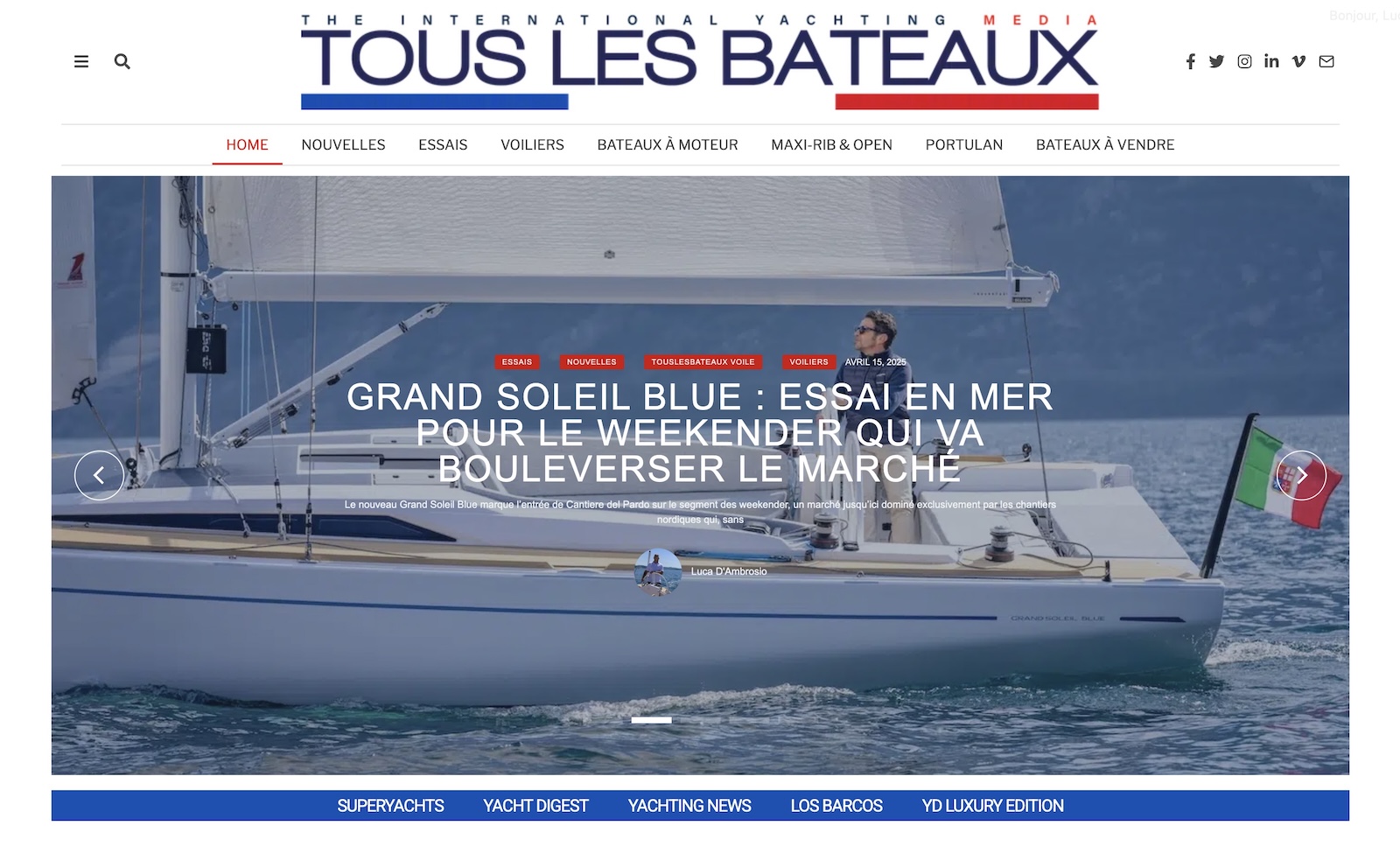Volvo Penta is working on a hybrid engine for the Arctic seas, a project that contributes to a revolution in green yachting and sustainable tourism
Hybrid-propelled yachting: Volvo Penta opens up even more. And it does so in collaboration with the Swedish shipyard Marrell Boats. The aim is to power a hybrid day-cruiser for sustainable tourism in the remote Svalbard archipelago. The Kvitbjørn (Polar Bear in English) is a Marrell M15 capable of cruising at a maximum speed of 32 knots. But thanks to Volvo Penta’s hybrid diesel/electric propulsion, the boat will respect the delicate marine balance, ensuring quiet sailing in protected areas.
Green tourism and yachting responsiveness
Volvo Penta is committed to sustainable yachting, continuing an important path inaugurated with the first hybrid DPSs at the start of 2018. And it is a project, that of Svalbard, which will undoubtedly influence the market, adhering to a sustainable logic imposed by climate change.
There is great excitement in the segment of hybrid marine engines. It’s of interest to the most environmentally conscious owners, and to boatyards that prefer to use recyclable materials. And those who use them for professional purposes, including nautical tourism, are interested. But institutions are also choosing them for civil and military use. Costs are still high, but the industry is adapting, and more and more signs are appearing every day.
Volvo Penta Hybrid: a pilot project
This is a pilot project developed by the Swedish company in collaboration with the Östhmmar shipyard and Hurtigruten Svalbard, one of the archipelago’s historic tour operators.

Hurtigruten Svalbard is a tour operator that looks to the future through a new business model and does so also through a dedicated Foundation. Because preserving the beauty of marine environments is not only a civil but also an economic duty. “We are delighted to be working with Volvo Penta, which is taking the sustainability of marine engineering to a new level,” explains CEO, Daniel Skjeldam. And there is certainly no better place to test this technology than the fragile archipelago of Svalbard, which is highly susceptible to climate change.
“Our aim is to be the world leader in sustainable power solutions and to do this we want to partner with companies that have the vision and courage to join us ” says Jonas Karnefors, sales project manager for Volvo Penta.
E-mobility
In commercial terms, Volvo Penta’s hybrid engine will be supplied through a power-by-the-hour payment scheme, i.e. at a cost per kilowatt every 60 minutes. Volvo Penta’s vision is e-mobility offered as a service. Although still in its infancy, this strategy could revolutionize the way a much sought-after ‘green’ service is used in the nautical sector. This is also because the initial costs to be incurred for a hybrid engine constitute a severe barrier.
Collaboration with the shipyard
Marrel Boats and Volvo Penta worked together to develop all the interfaces between the hybrid propulsion and support systems. Nothing is left to chance: charging, ventilation, heating and air conditioning. The Volvo Penta hybrid is a complete system. “The Volvo Penta DPI package features hydraulic clutch for silent and smooth shifting at low engine speeds, as well as added maneuverability – perfect for slow cruising when wildlife watching. so report Volvo Penta who with this pilot project definitely puts itself at the forefront of hybrid propulsion production.
In the meantime, Polar Bear is in the testing phase, but will soon be delivered to the tourism group. The scheduled date is May 2022.


























